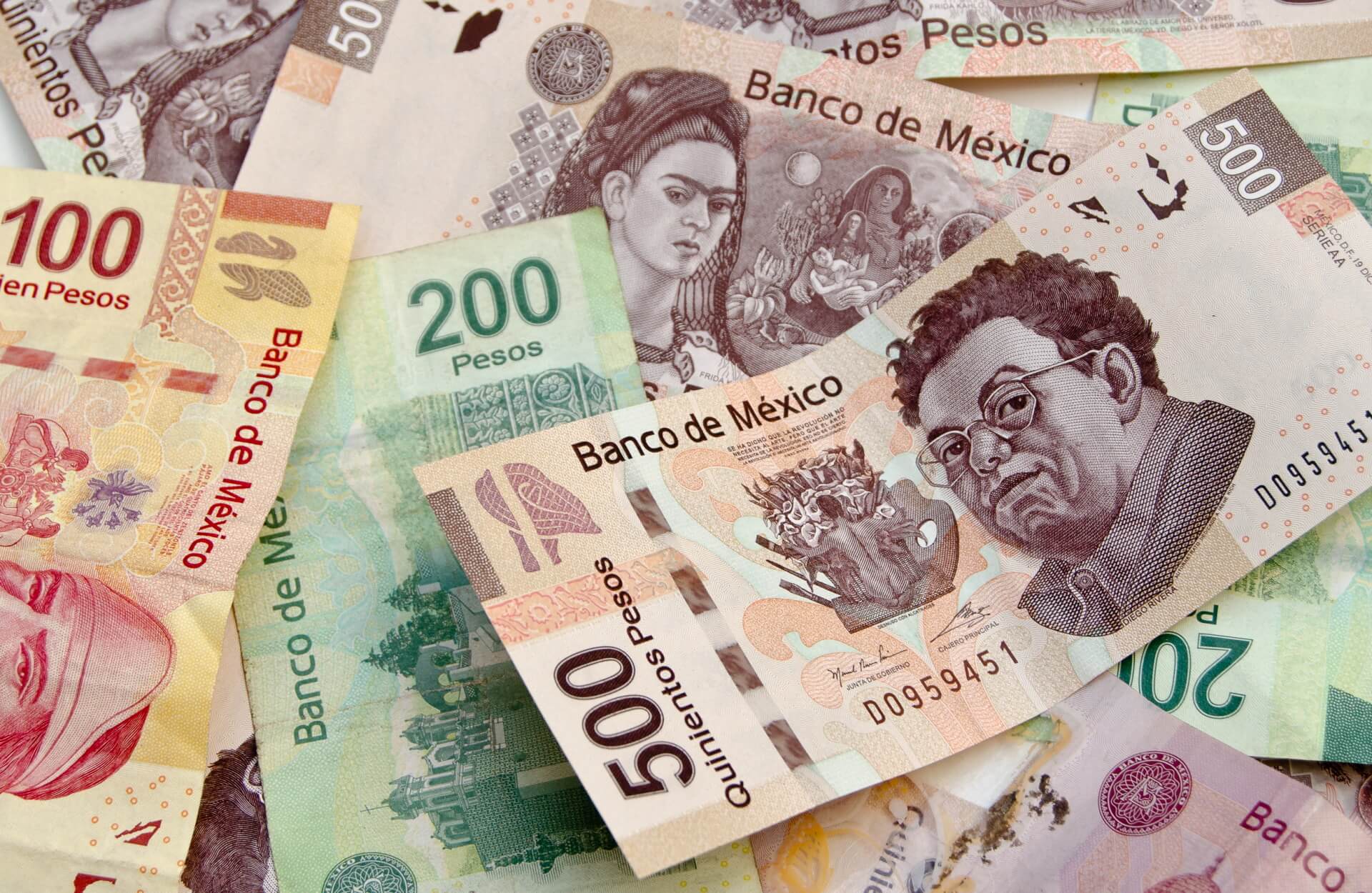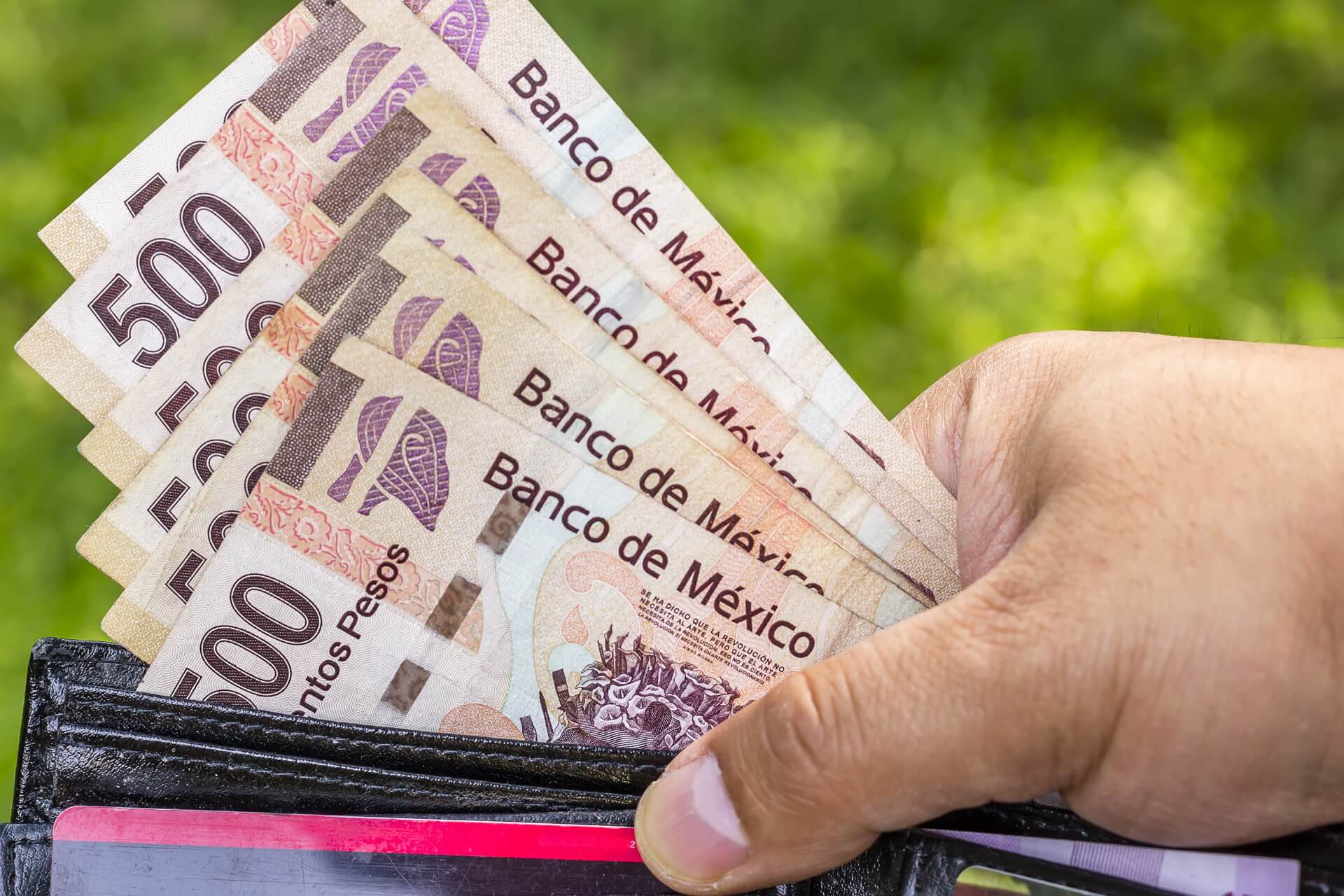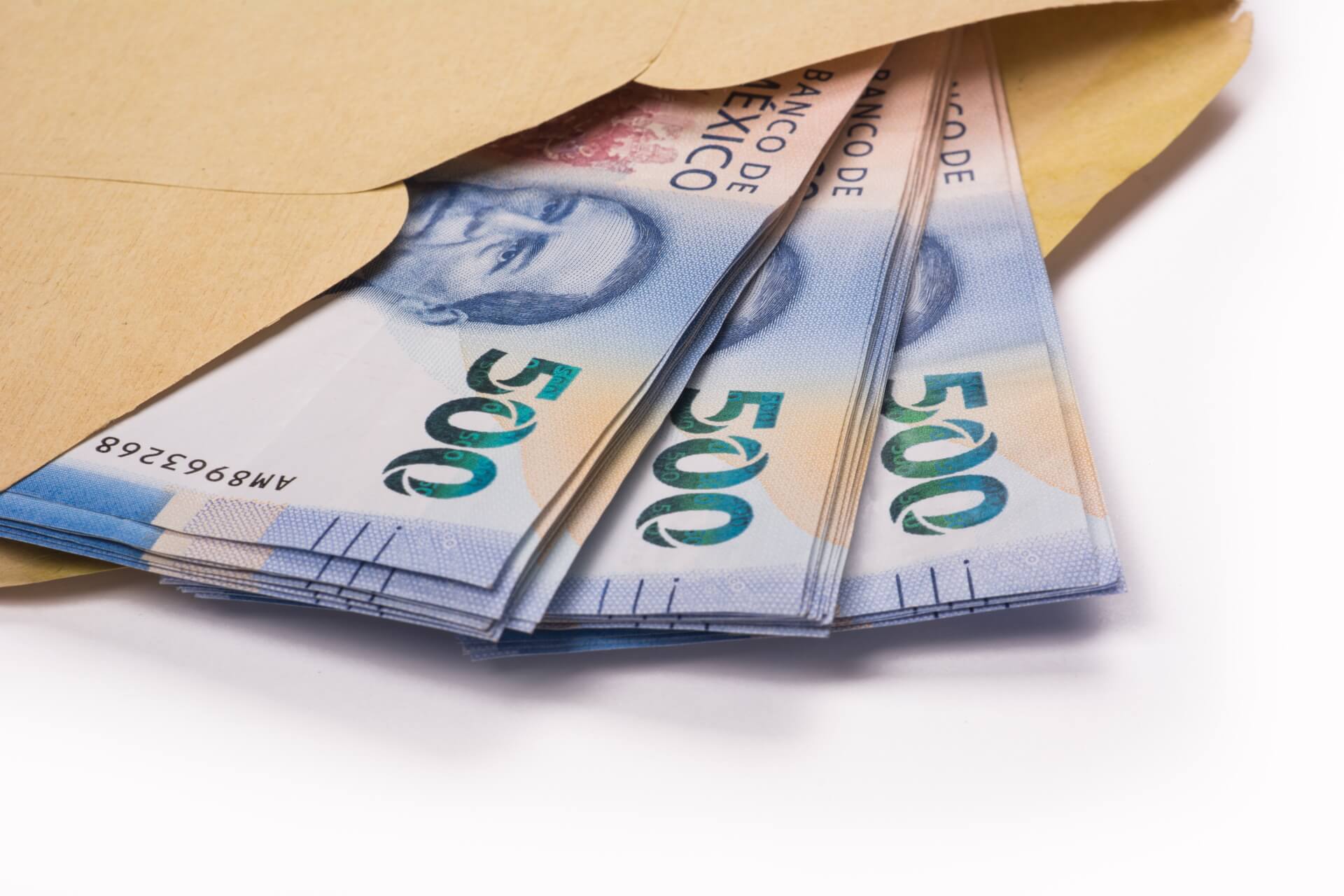
Are you curious about one of the most highly traded currencies in the world? Are you considering traveling to Mexico, and looking for a few tips to do so safely?
The Mexican peso (abbreviated MXN) is one of the top 5 currencies we exchange. In this article, we’ll briefly explore its history, and guide you through what you need to know before embarking on a trip to Mexico.
Mexican Peso History

Originally minted in 1821— the year of Mexico’s independence from Spain—the roots of the peso lie in the Spanish real. Remarkably, the Spanish real was used as legal tender in the US and Canada well into the 19th century.
Peso means “weights” in Spanish, a reference to the gold and silver basis for the Spanish real.
Today, the peso is the most traded currency in Latin America , and has gone through several distinct developments in recent decades.
Most importantly, a “new peso” was created in 1993, after a period of hyperinflation—severe currency devaluation—arising from the notorious 1970s oil crisis. Eventually, the “new” was dropped, and this new peso became simply the peso.
Like the US Dollar, the Mexican peso uses the $ symbol, and is sometimes written as Mex$. In fact, the “$” symbol was associated with the Mexican peso before it became associated with the US dollar.
Now that you know a little peso history, let’s review the key things to keep in mind when acquiring Mexican pesos for travel.
Traveling in Mexico
Before Your Trip

Mexico is significantly more reliant on cash transactions than the US, with about 85% of all transactions made in cash. This means that credit and debit cards aren’t as widely accepted. So when it comes to the little things throughout your trip—tipping, cab fares, little mementos you decide to buy—you will likely be paying cash. For safety, simplicity, and peace of mind, we strongly recommend you acquire pesos prior to landing in Mexico.
If you do bring a credit card, be sure in advance that your card doesn’t add foreign transaction fees, which can add 3% or more to your purchases.
How much peso petty cash should you bring on your trip? That can vary widely depending on your travel plans, but USA Today recommends about $30 a day for the typical traveler.
On the high end, bear in mind that no more than $10,000 can be exchanged per day (without filing additional paperwork), whether in the US or in Mexico.
Don’t forget about denominations: pesos come in 20, 50, 100, 200, 500, 1000-count bills, each with their own unique color. You will definitely want a variety of smaller bills at your disposal to handle different travel scenarios: bottled water, a museum admission fee, etc.
How we can help: You can order all the pesos required for your travels, in any combination of denominations, directly from our website (including a next-day shipping option if you’re in a hurry). When FedEx arrives, you simply hand them a check in exchange for your currency, and you’re ready to travel—no credit card fees or “cash advance” charges.
During Your Trip

You’ve landed in Mexico. Hopefully, you have prepared accordingly and are carrying a sufficient quantity of pesos to handle your immediate needs.
As you get your bearings, keep in mind that the “$” symbol designates pesos in Mexico, not the US dollar.
Be aware that there are a number of high-fee exchange options to avoid, such as exorbitant “hotel rates”, foreign transaction fees, and dynamic currency conversion. This is why we recommend you acquire all the pesos you will need before your trip whenever possible.
Some sources say that the best place to withdraw cash is via ATMs, which often provide the best exchange rate. However, we strongly caution you to look out for sophisticated ATM scams targeting travelers. For this reason, you might consider avoiding ATMs altogether.
Most travelers agree that the most important reason to carry pesos is for transportation. While services like Uber and nearby hotel shuttles are typically available, $100 is recommended to cover any emergency travel expenses to or from the airport.
Tipping is not considered as “essential” in Mexico as it is in the United States, and the standard tip is slightly lower: 10% lets your server know you’re highly pleased with their service.
Finally, bear in mind that if you’re making an exchange at a bank or exchange booth in Mexico, you will also need to show your passport.
After Your Trip

You made it home! Any remaining pesos you wish to exchange for dollars can be sold back to us: no wasted time at the airport, unfavorable “hotel rates”, or gimmicks. Simply enter your transaction on our website, and we’ll send you a printable label, which you can package and drop off at any FedEx location. One day after we receive your pesos, you will receive a deposit in your bank account of choice, or a check in your hands via FedEx delivery.
We hope you have an amazing trip. Be smart, and travel safe!





